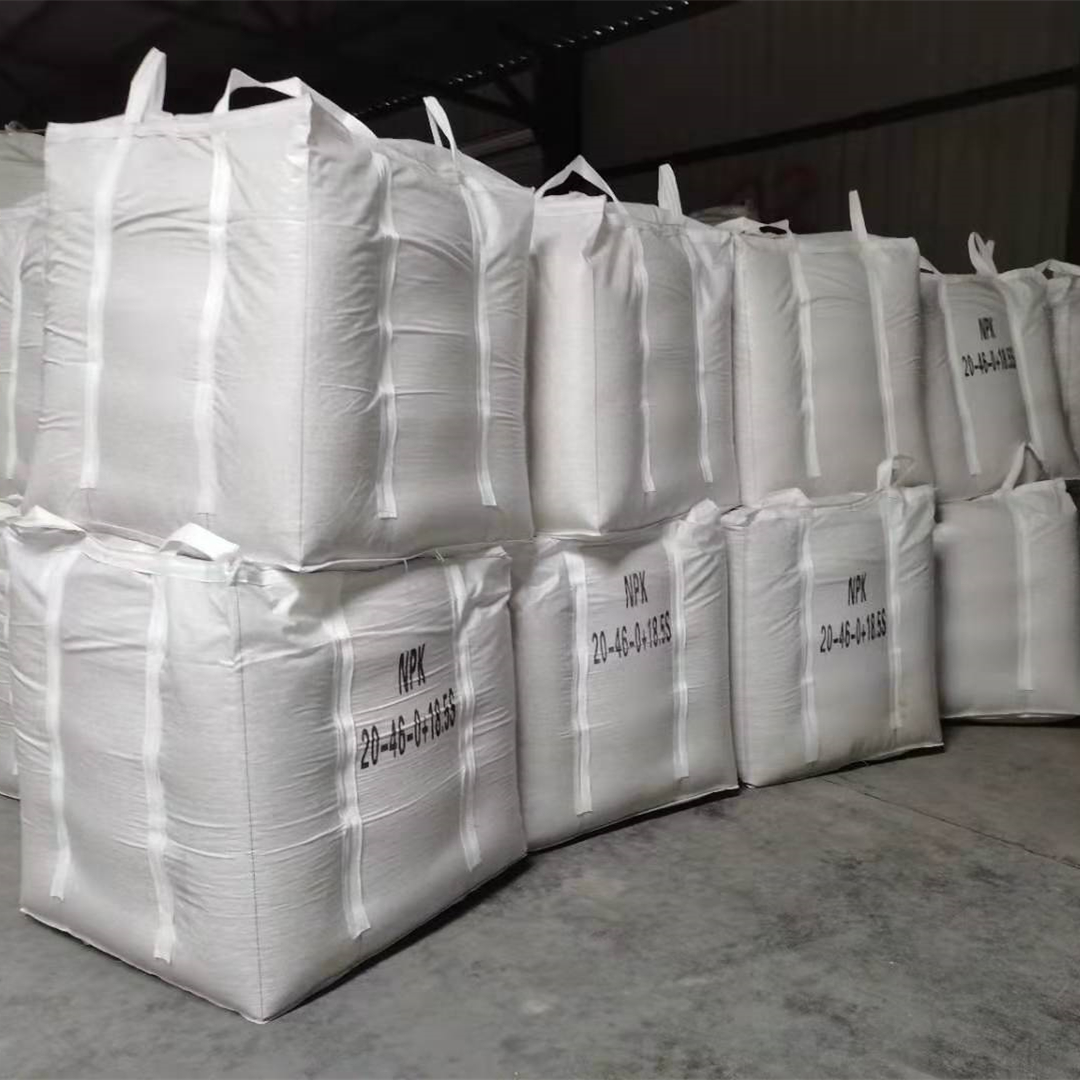
7월 . 27, 2024 23:10 Back to list
Exploring the Production Process of 15-15-15 NPK Fertilizer in Compound Manufacturing Facilities
Understanding NPK 15-15-15 Fertilizer and Its Production
NPK 15-15-15 fertilizer is a compound fertilizer that is commonly used in agriculture to ensure optimal plant growth and crop yield. The term NPK refers to the three essential nutrients it contains nitrogen (N), phosphorus (P), and potassium (K). The numbers in the designation 15-15-15 indicate that this fertilizer contains 15% of each of these primary nutrients by weight. This balance makes NPK 15-15-15 particularly versatile and effective for a variety of crops and soils.
Importance of NPK Fertilizers
Fertilizers play a crucial role in modern agriculture by replenishing soil nutrients that are often depleted due to continuous cropping practices. Nitrogen is vital for vegetative growth and is a key component of chlorophyll, which is necessary for photosynthesis. Phosphorus promotes root development, flower formation, and fruit production, while potassium enhances overall plant health, increases resilience to diseases, and improves drought resistance. The simultaneous provision of these nutrients in a balanced ratio makes NPK 15-15-15 an excellent choice for farmers aiming for high productivity.
Production of NPK 15-15-15 Fertilizer
The production of NPK fertilizers, including the 15-15-15 formulation, occurs in specialized factories that utilize various raw materials. The basic ingredients—urea as a nitrogen source, monoammonium phosphate (MAP) or diammonium phosphate (DAP) for phosphorus, and potassium chloride or potassium sulfate for potassium—are combined through a complex manufacturing process.
1. Raw Material Sourcing The production begins with sourcing high-quality raw materials. These materials must meet specific agricultural standards to ensure both effectiveness and safety for crops.
2. Mixing These raw materials are carefully mixed in precise ratios. The mixing process is crucial as it ensures that the resulting compound fertilizer uniformly delivers the required nutrients.
npk fertilizer 15-15-15 compound factories

3. Granulation After mixing, the fertilizer mixture is granulated to create uniform pellets. This step improves the handling characteristics of the fertilizer, reduces dust, and ensures a consistent application process for farmers.
4. Drying and Cooling The granules are then dried to remove moisture, which is essential for preventing clumping and degradation of the fertilizer. Once dried, the granules are cooled to stabilize them for packaging.
5. Quality Control Throughout the production process, quality control measures are implemented to test the nutrient content, physical properties, and overall quality of the fertilizer. This ensures that the final product meets the required specifications.
6. Packaging Finally, the finished NPK 15-15-15 fertilizers are packaged in bags or bulk containers and are prepared for distribution to farmers and agricultural retailers.
Application of NPK 15-15-15 Fertilizer
Farmers apply NPK 15-15-15 fertilizer using various methods, including broadcasting, banding, or fertigation (injecting fertilizer into irrigation water). The choice of application method depends on the specific crop, soil type, and environmental conditions. Timing and dosage are also critical factors, as applying too much fertilizer can lead to nutrient runoff and environmental concerns, while too little may not sufficiently support crop growth.
Conclusion
NPK 15-15-15 fertilizer serves as an essential tool in modern agriculture, providing farmers with a balanced nutrient source to enhance crop performance. Understanding its production process helps in appreciating the complexity behind fertilizer manufacturing, emphasizing the importance of quality control and efficient production methods. As global food demands increase, the role of such fertilizers will continue to be critical in supporting sustainable agricultural practices and feeding the growing population.
-
10 10 10 Fertilizer Organic—Balanced NPK for All Plants
NewsJul.30,2025
-
Premium 10 10 10 Fertilizer Organic for Balanced Plant Growth
NewsJul.29,2025
-
Premium 10 10 10 Fertilizer Organic for Balanced Plant Growth
NewsJul.29,2025
-
Premium 10 10 10 Fertilizer Organic for Balanced Plant Growth
NewsJul.29,2025
-
50 Pound Bags of 13-13-13 Fertilizer for All Plants – Bulk & Organic Options
NewsJul.28,2025
-
High-Efficiency 15-30-15 Granular Fertilizer for Healthy Crops
NewsJul.28,2025
